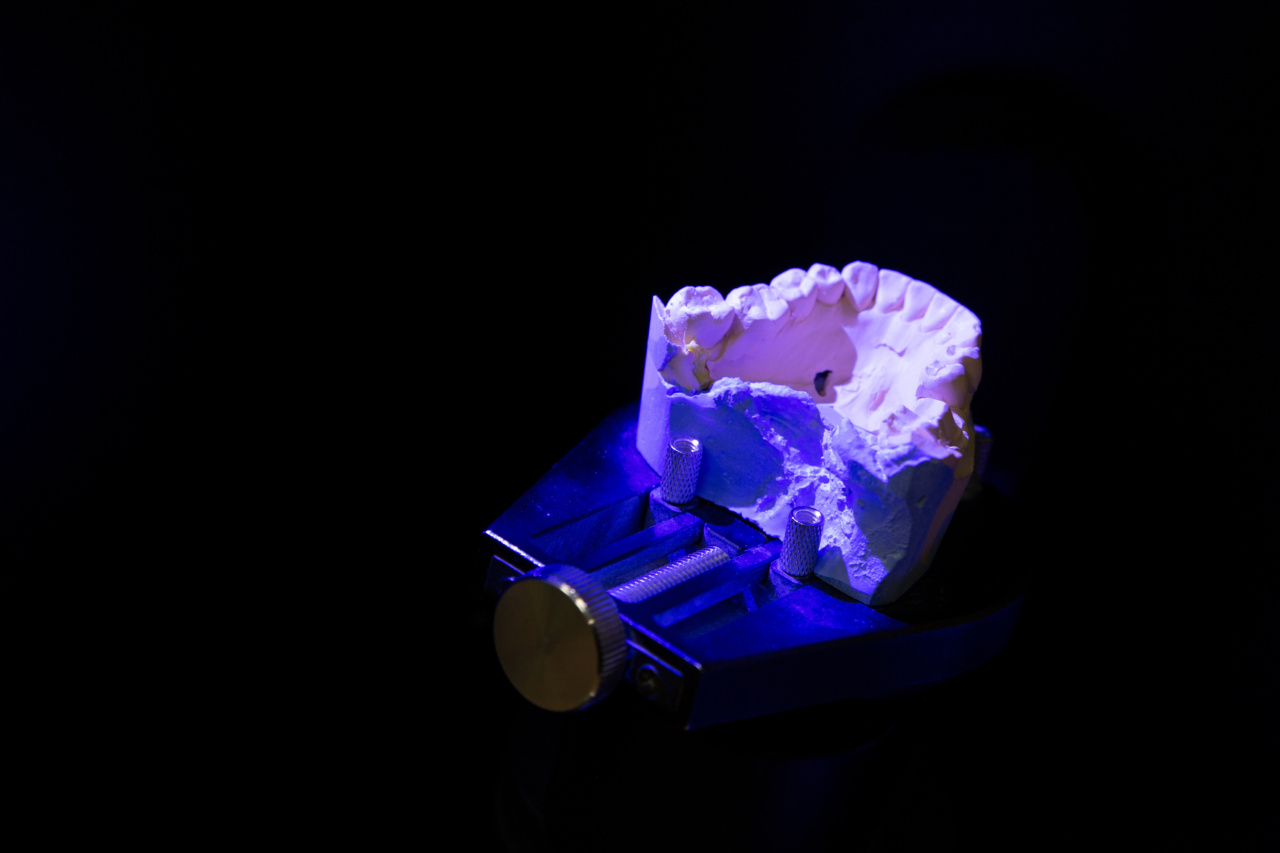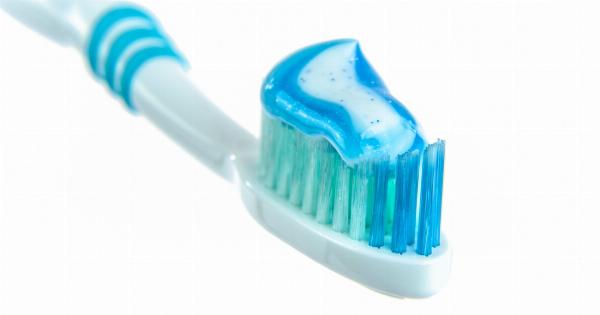Your dental health is an important part of maintaining your overall well-being. Regular brushing, flossing, and other dental care practices can help prevent tooth decay, gum disease, and other dental problems.
However, it’s not just about brushing twice a day and flossing once daily. The way you use your dental products also plays a crucial role in ensuring optimum dental health. Here’s a dentist’s thread on the correct way to use dental products.
1. Toothbrush
Your toothbrush is an essential dental care tool that should be used correctly. Firstly, choose a toothbrush with soft bristles that can remove plaque and food particles without harming your teeth enamel.
Be sure to brush your teeth for at least two minutes, covering every tooth surface and the gum line. Change your toothbrush every three to four months or when the bristles become frayed or worn out.
2. Toothpaste
There are many types and brands of toothpaste available, each with its unique ingredients to suit different dental needs. Choose toothpaste that contains fluoride, which helps to strengthen your teeth enamel and prevent cavity formation.
Also, choose toothpaste that suits your dental needs, such as toothpaste for sensitive teeth, bad breath, or whitening.
3. Floss
Flossing removes the food particles and plaque between your teeth, which your toothbrush cannot reach. Use about 18 inches of floss and wrap it around your fingers, leaving about two inches in the middle to floss.
Gently move the floss between your teeth back and forth, ensuring you reach the gum line. Use a new section of the floss for each tooth to avoid transferring food particles or bacteria from one tooth to another.
4. Mouthwash
Mouthwash or oral rinse helps to kill bacteria in your mouth, freshen your breath and prevent cavities. Choose an alcohol-free mouthwash if you have sensitive teeth or dry mouth, as alcohol can irritate these conditions.
Swish a small amount of mouthwash in your mouth for about 30 seconds, spit it out and avoid rinsing your mouth with water for at least 30 minutes after use.
5. Dental Floss Picks
A dental floss pick is a plastic tool with a small piece of floss attached to it. It’s a convenient way to clean between your teeth and ideal for those who find it hard to use regular floss.
However, be delicate while using floss picks, as they can harm your gums if used forcefully or incorrectly.
6. Tongue Scraper
A tongue scraper is a tool that helps to remove the bacteria, food particles, and dead cells that accumulate on your tongue. Use the scraper gently on your tongue, starting at the back and moving forward.
Repeat this motion until you’ve cleaned your entire tongue surface. Tongue scrapers help to prevent bad breath, reduce the risk of gum disease, and enhance your taste buds.
7. Waterpik
A waterpik is a device that uses water pressure to remove food particles and plaque from your teeth and gum line. It can be an additional dental care tool for those who find it challenging to floss or have braces or dental implants.
However, waterpiks are not a replacement for regular flossing, and you should use them with caution not to harm your gums or the gum tissue around your teeth.
8. Teeth Whitening Products
Teeth whitening products such as gels, strips, and trays can help brighten your teeth’ color. However, they can also harm your teeth enamel if used excessively or incorrectly.
Follow the instructions on the product label or consult your dentist before using teeth whitening products. It’s also essential to limit your intake of teeth-staining foods and drinks such as tea, coffee, red wine, and tobacco.
9. Electric Toothbrush
An electric toothbrush is a convenient and effective way to clean your teeth. The brush head vibrates or rotates to remove food particles and plaque from your teeth.
However, you should use the electric toothbrush appropriately, avoiding pressing too hard, or moving the brush head too fast or too slow. Change the brush head every three to four months or as recommended by the manufacturer.
10. Chewable Gum
Chewable gum can help freshen your breath and stimulate saliva production, which helps to rinse away food particles and neutralize acids in your mouth. Choose sugar-free gum, which does not harm your teeth enamel or increase the risk of cavities.
Avoid overusing gum, as excessive chewing can cause jaw problems, headaches, and earaches.
Conclusion
Dental products are essential to maintaining optimum dental health, but using them correctly is equally crucial. Use the above information as a guide on the correct way to use dental products to prevent dental problems, and enhance your dental hygiene.
Consult your dentist if you have any concerns or questions about using dental products.





























